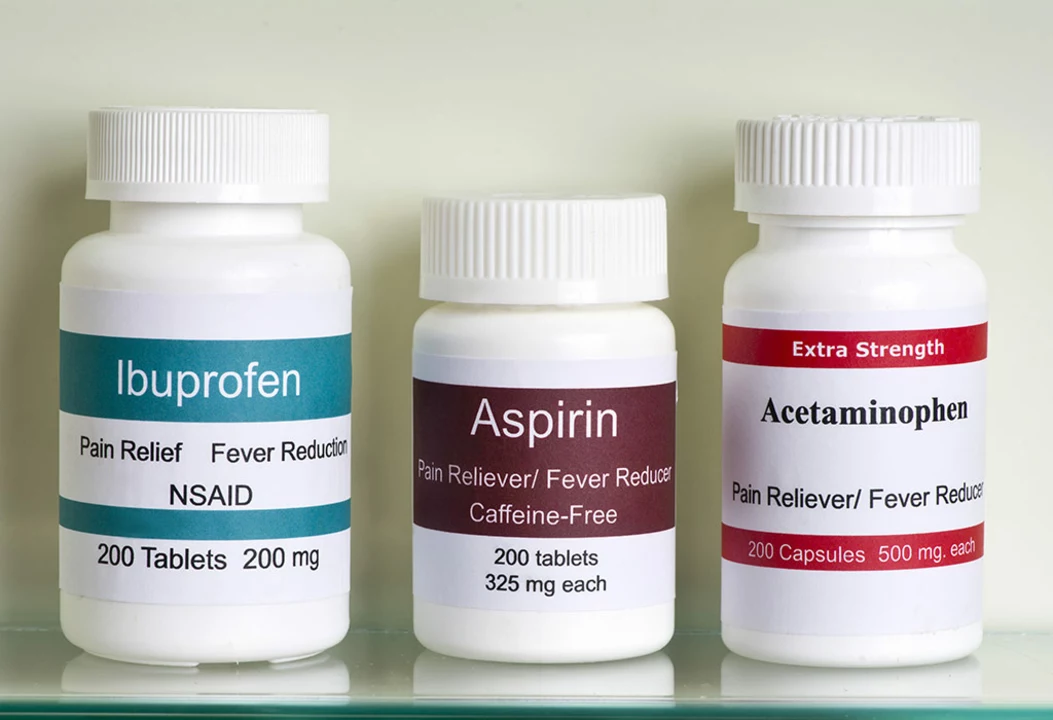Asthma: Symptoms, Triggers, and Safe Medication Options
If you or someone you know wheezes, coughs at night, or struggles to catch a breath during exercise, asthma is probably the culprit. It’s a chronic lung condition where airways tighten and swell, making breathing feel like pushing through a straw.
Common triggers include pollen, dust mites, pet dander, cold air, and even strong smells. Knowing what sets off your attacks helps you avoid flare‑ups before they start. Keep a simple diary of when symptoms appear – the pattern often points straight to the trigger.
Understanding Asthma Symptoms and Triggers
Typical signs are shortness of breath, chest tightness, coughing (especially at night), and that classic high‑pitched wheeze. If you notice any of these during a cold or after running, it’s worth checking with a doctor.
Beyond allergens, exercise‑induced asthma can sneak up on athletes. Warm‑up slowly, use a quick‑relief inhaler if prescribed, and stay hydrated. For those sensitive to smoke, even secondhand exposure can spark an attack, so a smoke‑free environment is key.
Top Medications & How to Get Them Safely
The backbone of long‑term control is an inhaled corticosteroid (ICS) such as Fluticasone. Pair it with a long‑acting bronchodilator like Salmeterol for better daily coverage. Our guide on Buy Salmeterol/Fluticasone Online walks you through finding legit pharmacies, checking certifications, and spotting red flags.
If you need quick relief during an attack, short‑acting bronchodilators (e.g., Albuterol) work fast to open the airways. Some people wonder about oral steroids like Prednisone for severe flare‑ups; our post on OTC Alternatives to Prednisone explains what’s available over the counter and when a prescription is unavoidable.
Buying asthma meds online can be safe if you follow a few rules: use pharmacies that require a prescription, verify they’re licensed in Canada or the US, and read customer reviews. Avoid sites promising “no prescription needed” for inhalers – those are usually scams.
When your inhaler arrives, store it at room temperature and check the expiration date. A simple shake before each use ensures the medication is mixed properly. If you notice a change in taste or reduced effect, replace it promptly.
Beyond meds, lifestyle tweaks make a big difference. Use dust‑mite covers on pillows, wash bedding weekly in hot water, and keep humidity below 50%. A portable air purifier can cut down indoor allergens dramatically.
Remember, asthma isn’t curable, but it’s highly manageable. Regular check‑ups, correct inhaler technique, and smart buying habits keep you breathing easy.

The potential link between acetaminophen and asthma
In recent years, researchers have been exploring the potential link between acetaminophen and asthma. As a blogger, I find this topic both intriguing and concerning, given the widespread use of acetaminophen as a common pain reliever. Some studies suggest that acetaminophen may increase the risk of developing asthma, especially in children. However, more research is needed to confirm these findings and understand the underlying mechanisms. Until then, it's important for us to stay informed and discuss any concerns with our healthcare providers.
Read More